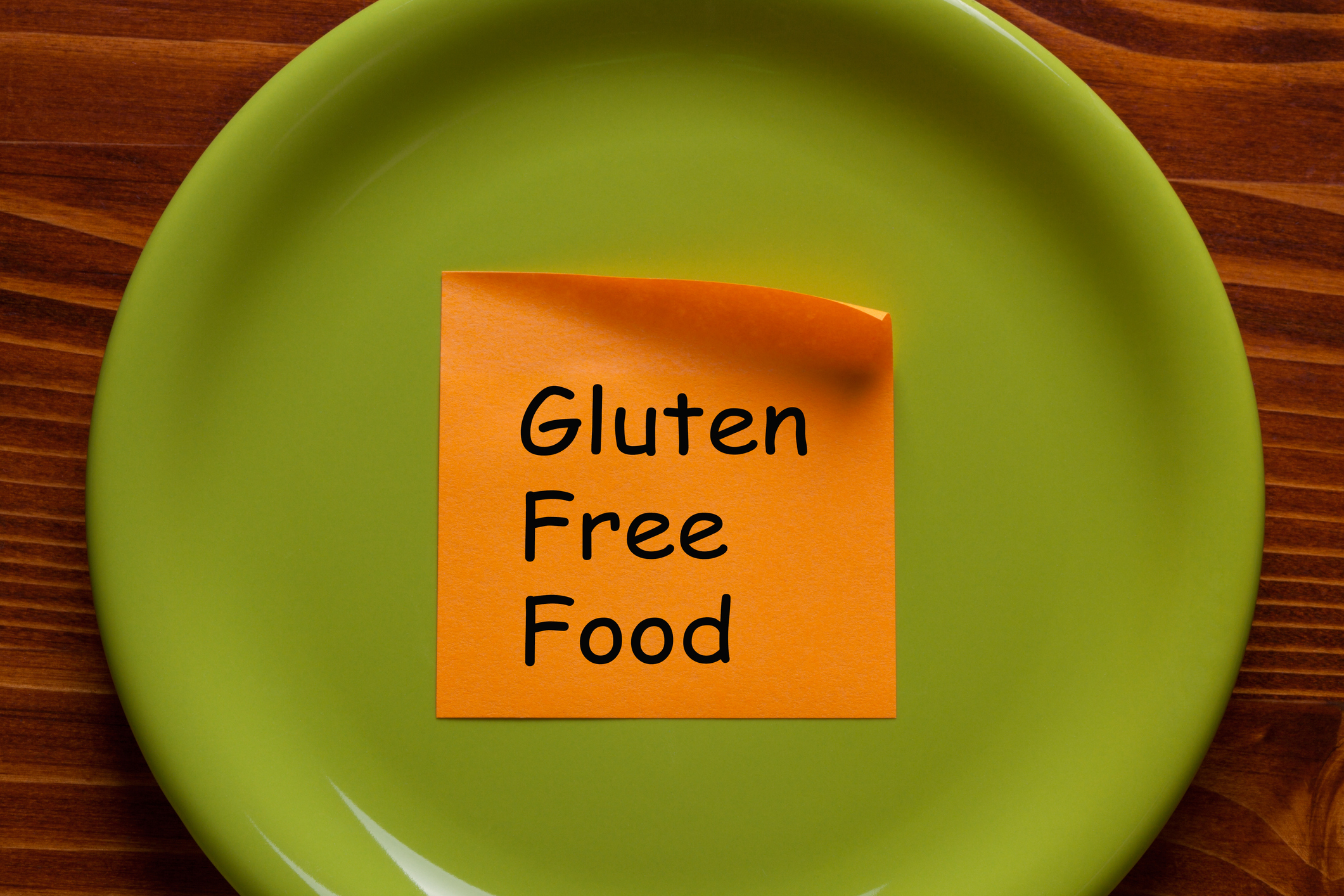Get Easy Health Digest™ in your inbox and don’t miss a thing when you subscribe today. Plus, get the free bonus report, Mother Nature’s Tips, Tricks and Remedies for Cholesterol, Blood Pressure & Blood Sugar as my way of saying welcome to the community!
Gluten-free done wrong may be poisoning you

Just one of the many reasons I’m a fan of the paleo diet is because it’s a gluten-free diet. I attribute my almost miraculous health turnaround to ditching grains (and most carbs). But there’s a wrong way and right way to go gluten-free.
Millions of Americans eat diets free of gluten to improve their health. Some have celiac disease, some have gluten sensitivity (like me), some do it to lose weight and others do it to ease the inflammation that causes chronic disease.
And if you’re one of them, you need to be aware of a specific dietary pitfall that can undo all the good of a gluten-free diet.
If you go about paleo the wrong way, your diet may be exposing you to higher levels of two dangerous heavy metals.
Research from the University of Illinois at Chicago found that people who ate a gluten-free diet had higher levels of arsenic in their urine and mercury in their blood than people who didn’t eschew the offender.
Arsenic and mercury are nothing to mess around with. At high enough concentrations, they can lead to cardiovascular disease, neurological problems and cancer.
But before you get too worried that avoiding gluten is harming your health, you need to fully understand why gluten-free diets are causing this problem in the first place…
The wheat substitute heavy in arsenic and mercury
People trying to avoid gluten usually eat a lot of rice. And not in its whole, unprocessed form…
The wide variety of processed gluten-free products you see on grocery store shelves nowadays — like gluten-free pizza, donuts, cookies and crackers — use rice flour in place of wheat flour. Unfortunately, rice has an annoying tendency of absorbing and retaining heavy metals (like arsenic and mercury) during the growing process from fertilizers, the soil or water.
Even worse, the healthiest type of rice — brown rice — tends to have the highest arsenic levels. That’s because arsenic accumulates in the rice germ, which is removed when brown rice is processed into white rice.
So how can you keep eating gluten-free without putting your health at risk?
Well, at the very least, next time you’re shopping for a snack without gluten, you may want to look for one that doesn’t rely primarily on rice flour to replace wheat flour. Instead, look for foods made from quinoa, buckwheat, millet and amaranth. These grains contain much lower levels of arsenic than rice.
Of course, your best option is to cut out these processed products altogether.
The healthy way to go gluten-free
If you’ve gone gluten-free to improve your health and are relying primarily on processed gluten-free substitutes like those mentioned above, you’re going about it the wrong way…
Like any healthy diet, a healthy gluten-free diet should be based primarily on whole, unprocessed foods. You need to eat more fruits, vegetables and high-quality proteins — not replace your wheat donut with a donut made from rice flour.
That doesn’t mean you can’t indulge in a gluten-free treat every once in a while, but your diet should mainly consist of:
- Vegetables
- Fruits
- Legumes
- Grass-fed meat
- Grass-fed dairy
- Eggs
- Nuts and seeds
- Whole, gluten-free grains
And if you’re wondering whether you can still enjoy a brown-rice stir fry from time to time, the answer is yes. Rice contains some important nutrients (like magnesium and B-vitamins) that usually outweigh the side effects of ingesting a little arsenic. It only becomes a problem when you’re getting a dose at every meal in processed gluten-free foods.
Editor’s note: Have you heard of EDTA chelation therapy? It was developed originally to remove lead and other contaminants, including heavy metals, from the body. Its uses now run the gamut from varicose veins to circulation. Click here to discover Chelation: Natural Miracle for Protecting Your Heart and Enhancing Your Health!
Sources:
- “One in Five Americans Include Gluten-Free Foods in Diet.” Gallup.
- “Gluten-free diet may increase risk of arsenic, mercury exposure.” ScienceDaily.
- M. Bulka, et al. “The Unintended Consequences of a Gluten-Free Diet.” Epidemiology, 2017.
- “How Much Arsenic Is in Your Rice?” Consumer Reports.













